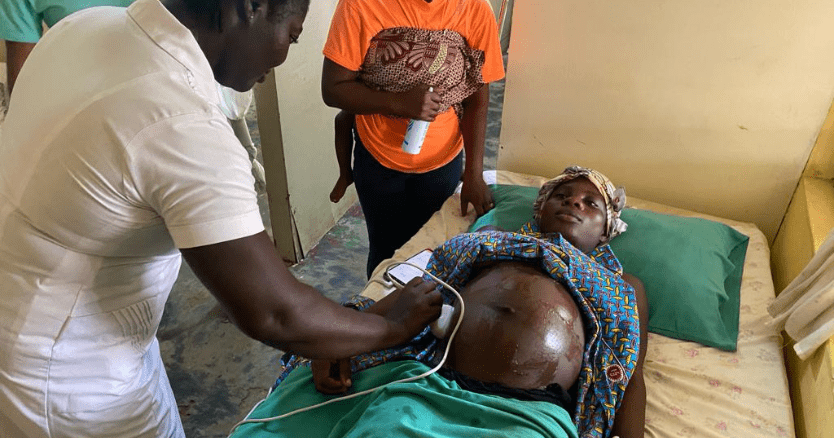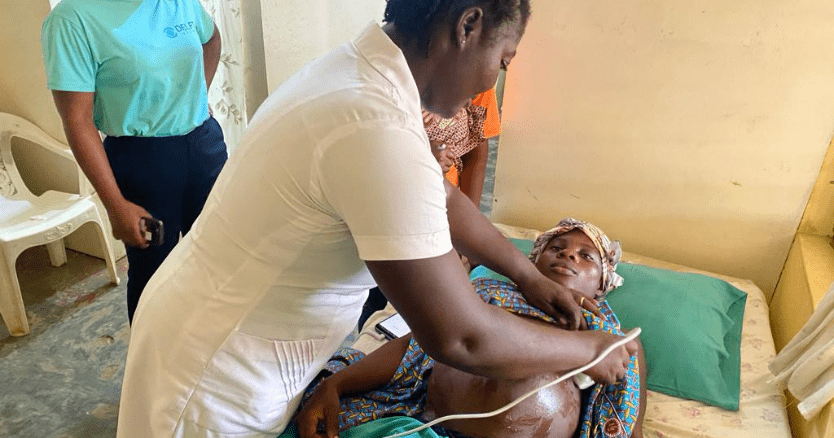Our projects in lung health
The 2015 WHO report claimed that about 67% of all new TB cases remain undetected. Yet, interestingly, Ghana also has a substantial 85% of curing known cases. In 2020, Ghana had a total population of 31 million people. In that year, there were an estimated 44,000 people who developed TB. Among them, 6,600 were children. Moreover, there were 31,326 missing people with TB (of which 5,988 were children).
To support its activities in Ghana, Delft Imaging also has a local subsidiary in the country: Delft Imaging Ghana. The office, staffed with engineers, IT- and application specialists and radiographers, supports the activities of Delft Imaging in Ghana and across the countries.
The installed base of our solutions in Ghana covers nearly 60 stationary EasyDR X-ray systems, two mobile X-ray systems, 20 Delft Light portable backpack X-ray systems and over 85 sites using CAD4TB.
For more information about this flagship project, visit our flagship project page in Ghana.
Our projects in maternal health
Ghana reported a maternal mortality ratio of 234 deaths per 100,000 live births in 2023, continuing a gradual decline from over 900 in 2000. While national programs have expanded antenatal care coverage and diagnostic capabilities, particularly in primary healthcare units, remain constrained. Improving early risk identification is key to achieving further reductions in maternal deaths.
In 2020, BabyChecker was introduced in Ghana as part of an initiative to refine its artificial intelligence further and evaluate real-world user performance. This deployment focused on collecting data from health workers and exploring training approaches tailored to local contexts. The insights gained helped improve both the mobile application and the support model for implementation.
In 2023, Delft Imaging partnered with the TREATS Association to facilitate this early-stage deployment. Ghana is among the first countries where BabyChecker was field-tested to assess usability and data quality at the primary healthcare level. The collaboration strengthened the foundation for subsequent software versions and helped define best practices for adoption in similar settings.









